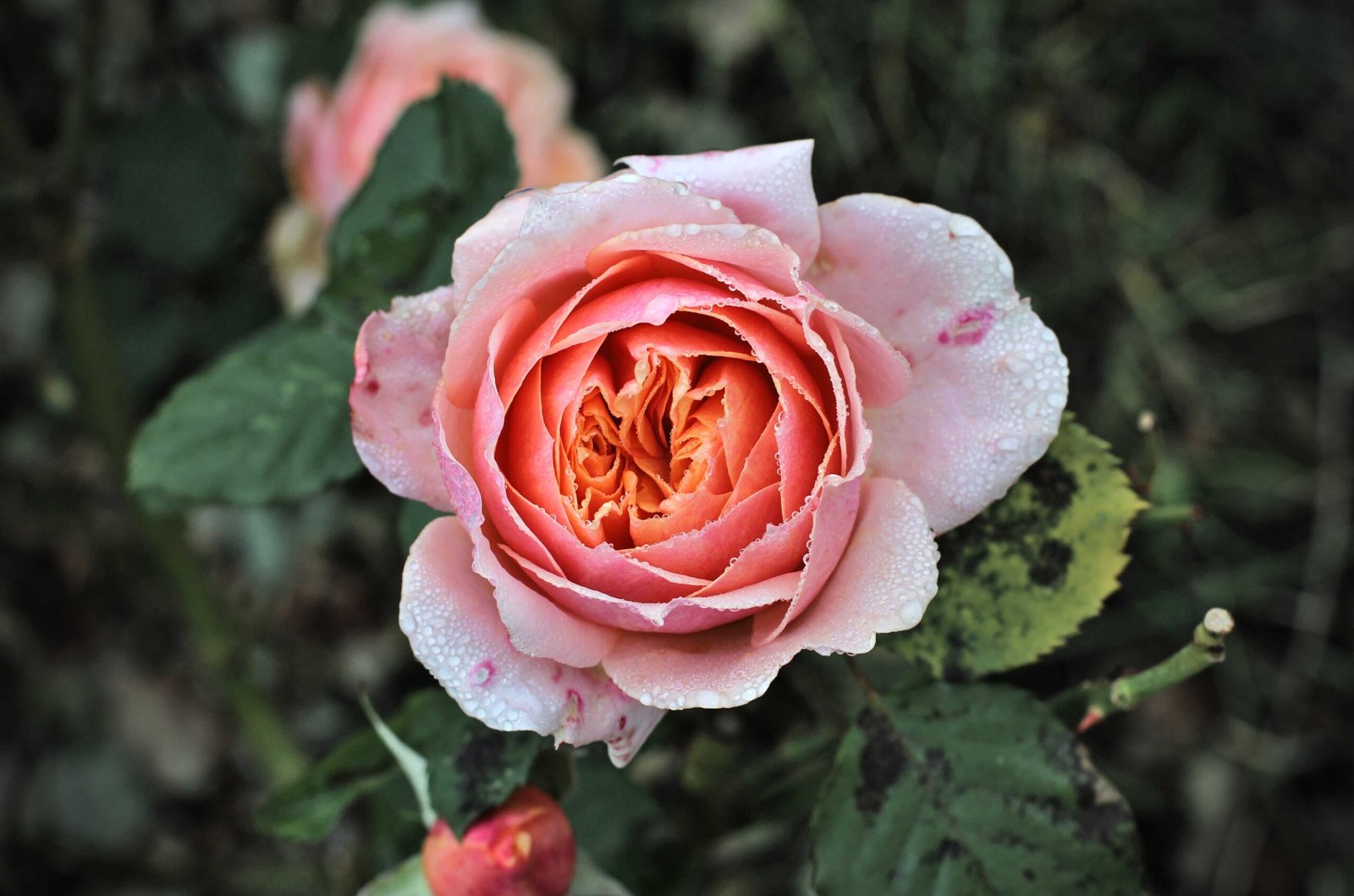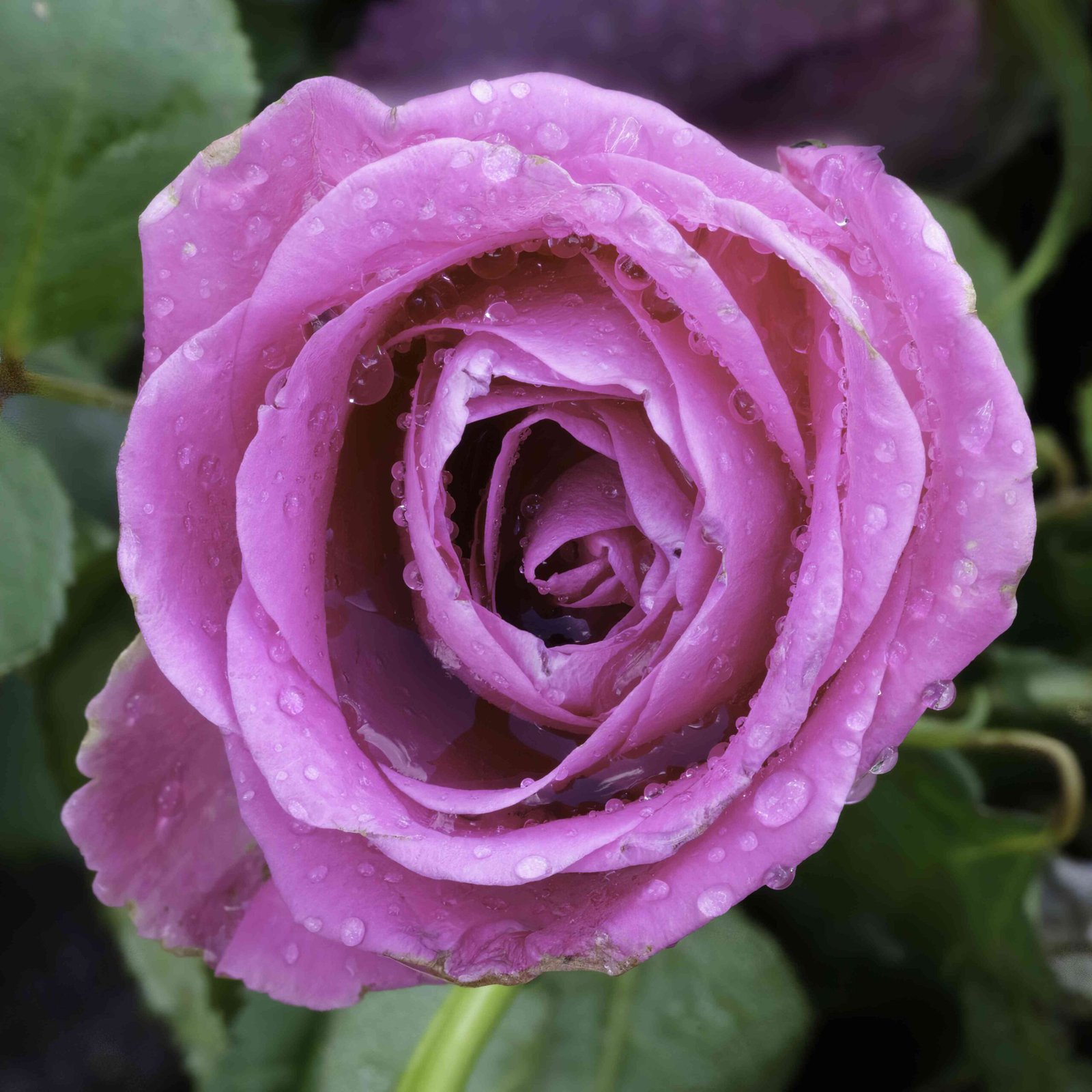What Type of Paper is Best for Rolling Paper Roses?

Use high-quality paper that is pliable and suitable for rolling. Crepe paper or thick, textured paper works well. Typical dimensions for the paper strips can be around 8\”x12\” sheets, but this can vary depending on the size of the rose you want to create.
How to Cut the Paper for Rolling Paper Roses?

Cut the paper into long, spiral strips. The spiral cut helps in creating the natural curve of the rose petals.
What is the Step-by-Step Process for Rolling Paper Roses?
Step 1: Prepare the Petals
- Soften and texturize the petals by going over them with a blunt, rounded object, such as the bottom of a quilling tool. Rest the petals on a folded paper towel to make the paper more pliable.
Step 2: Roll the Petals
- Place the loose end of the flower pattern in the slot of your quilling tool and start rolling toward you. If you don’t have a quilling tool, you can use long-nose pliers, tweezers, or a toothpick with a slot cut into it.
- Keep the bottom edges aligned as you roll.
Step 3: Form the Rose
- Once you’ve wound the paper onto your quilling tool, fold up the bottom circle and remove the tool. The flower will unfurl in your hands. Gently separate any petals that are caught on each other.
Step 4: Secure the Rose
- Apply glue to the bottom circle and press it against the bottom edges of the flower petals to set it.
What Tools are Needed for Rolling Paper Roses?
- Quilling Tool: Ideal for rolling the petals. If not available, use long-nose pliers, tweezers, or a toothpick with a slot cut into it.
- Scissors: For cutting the paper strips.
- Glue: To secure the rose and attach the stem and leaves.
- Floral Wire: For creating the stem and attaching the leaves.
- Floral Tape: To wrap around the stem and secure the leaves.
How to Achieve Realistic Petal Shapes and Textures?
- Texturizing: Use a blunt, rounded object to soften and texturize the petals. This makes the rose look more realistic.
- Folding and Rolling: Roll the edges of your petals using your quilling tool or the edge of something long and cylindrical. This fills out the rose and makes it look more realistic.
- Embellishments: Use markers to trace around the petals for a natural look. You can also experiment with paint or glitter for additional realism and decoration.
What are Some Common Challenges and How to Troubleshoot Them?
- Maintaining Petal Stability: Ensure that the petals are not caught on each other when unfurling the rose. Gently separate them if necessary.
- Ensuring Color Consistency: Use paper of the same color and texture to maintain consistency. If using markers or paint, apply them evenly to avoid color discrepancies.
- Achieving Desired Size Variations: Adjust the size of your paper strips and the tightness of the roll to create different sizes of roses. Smaller strips will result in smaller roses, while larger strips will create larger roses.
Reference:
1. Rolled Paper Rose Tutorial – Fun & Realistic by Jennifer Maker
2. Rolled Paper Roses {Tutorial} by Creations by Kara
3. How to Make Rolled Paper Roses on YouTube
